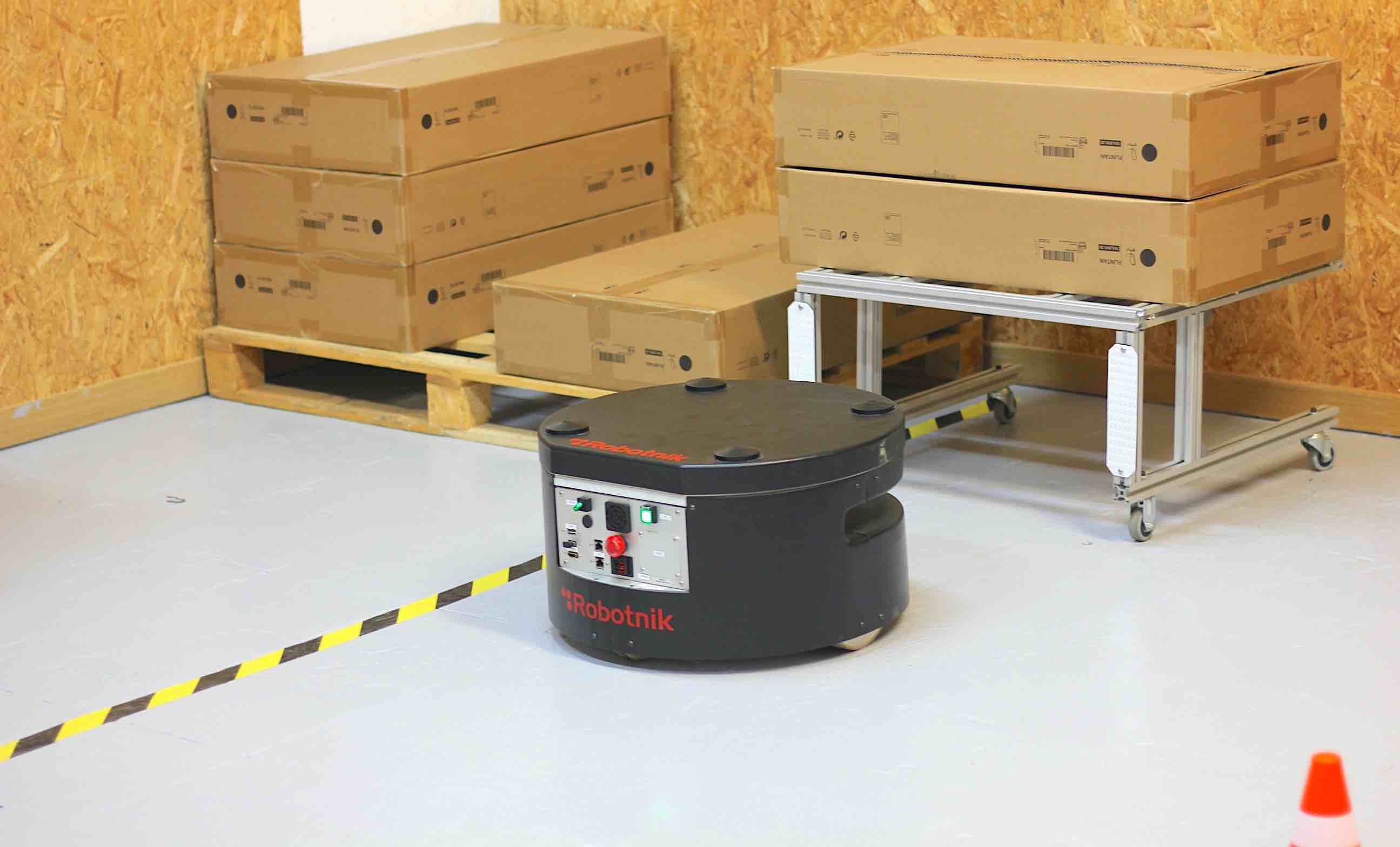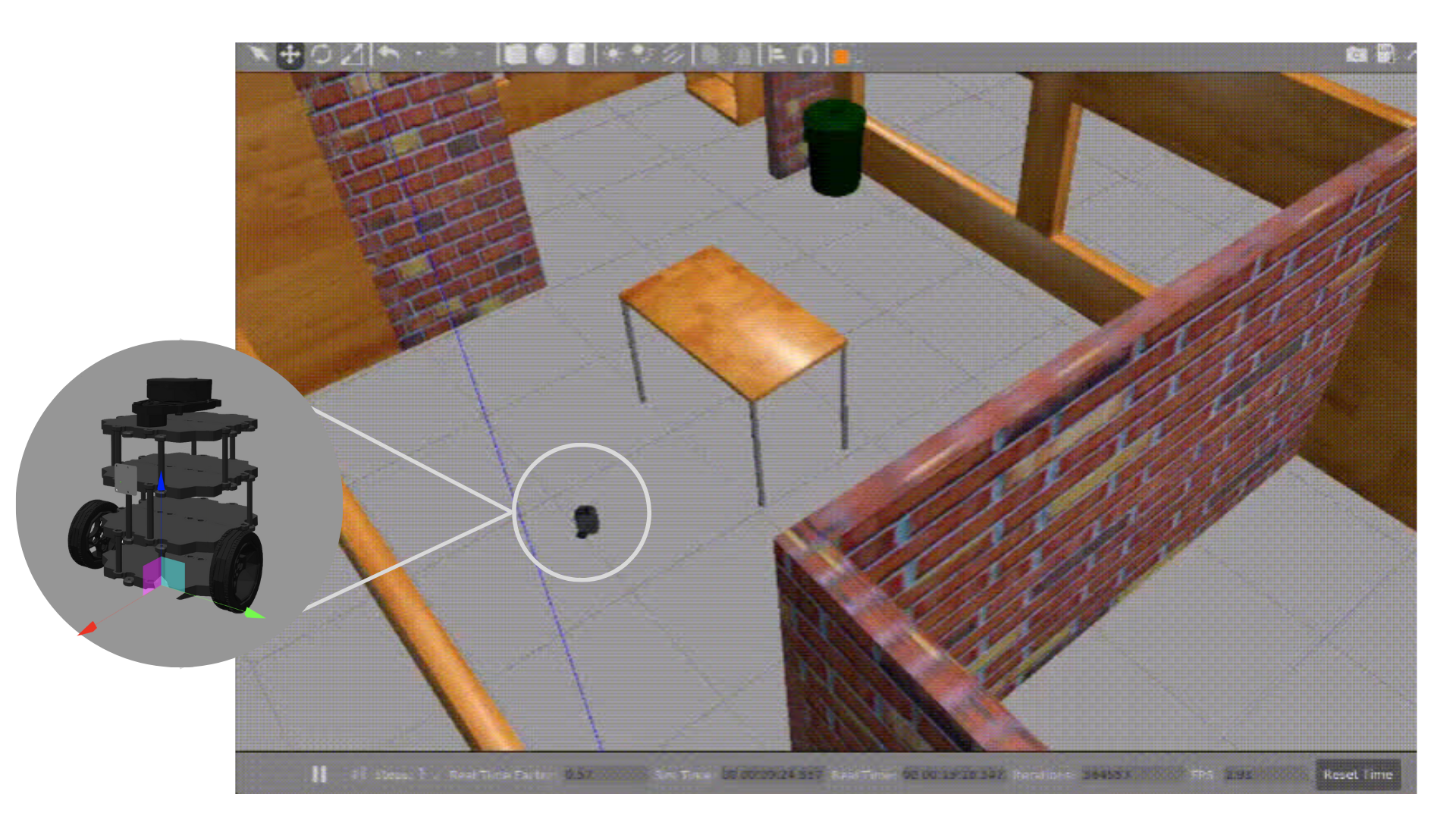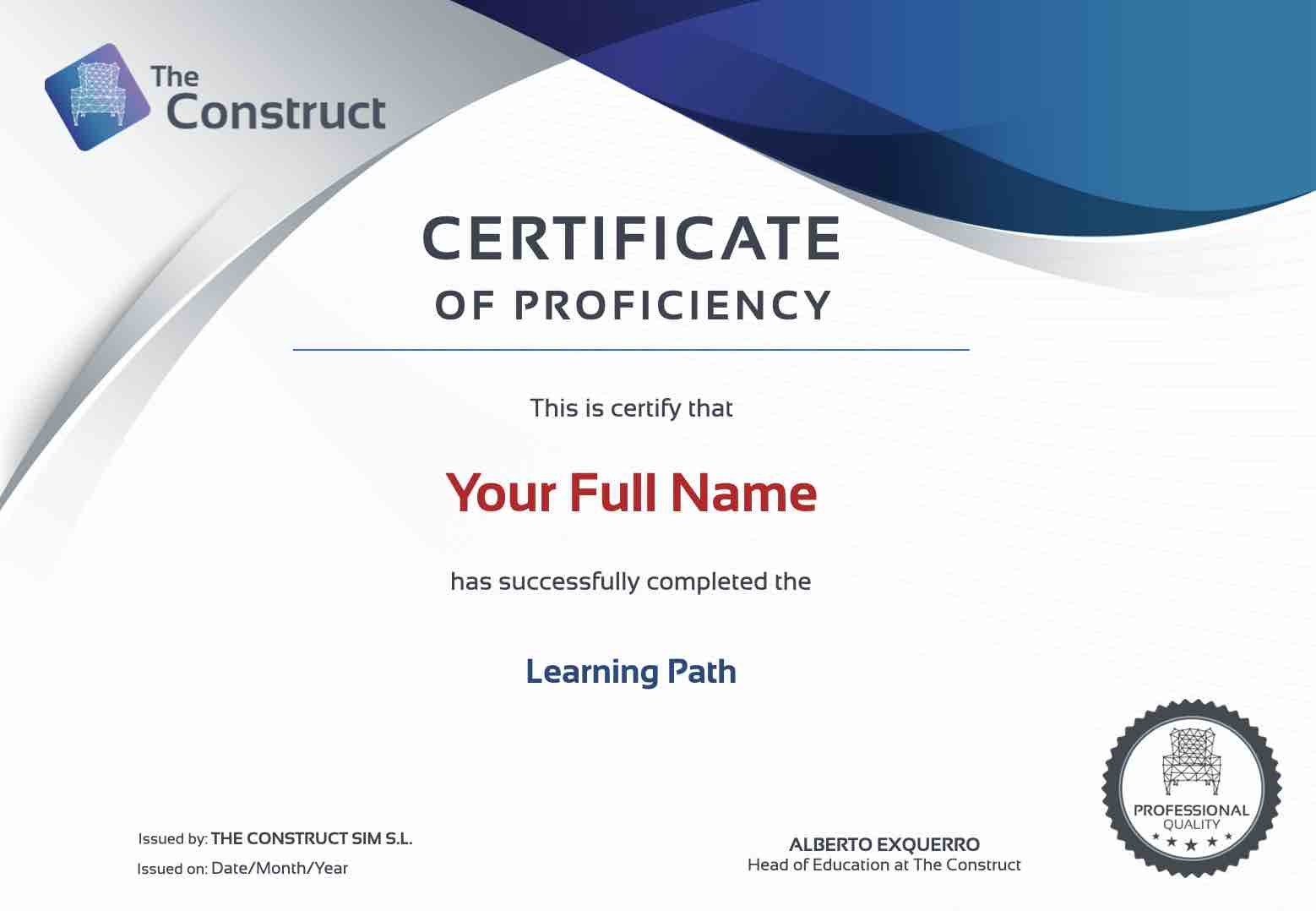ONE-DAY ONLINE TRAINING
Robot Navigation with ROS2 using Nav2
Learn ROS2 Navigation (Nav2) and how to use it to make robots autonomously navigate.
Duration: 1 day
Format:
Online, based on practice with simulated & real robots. NOT slides-based.
Instructor-led: Yes
Certificate: Yes
Level: Foundation
Language: English
Enroll Training
Only 10 seats are available for each training
€599
Tue, November 15
9:00 AM – 4:30 PM (KST/CST/CET)
Early bird discount of €100
Wed, November 23
9:00 AM – 4:30 PM (KST/CST/CET)
Early bird discount of €100
Thu, December 1
9:00 AM – 4:30 PM (KST/CST/CET)
Early bird discount of €100
Mon, December 5
9:00 AM – 4:30 PM (KST/CST/CET)
Early bird discount of €100
One-Day Training Benefits
7 hours of LIVE learning with ROS experts
20+ hands-on exercises
3 hours of practice with a remote real mobile robot
Hands-on application of each concept with simulated robots
Get fast support & guidance from instructors
1-year full access to the course
Life-long access to the code developed during the training
What You’ll Learn
How to build a map of the environment
How to localize a robot in a map of the environment
Path Planning from an initial position to the desired goal
Obstacle avoidance using Costmaps
Navigation Lifecycle Manager
How Behavior Trees influence Nav2
Multirobot Navigation
Switch to ROS2 Training Outline
Module 1: Learn how to Build a Map for Navigation
In this module, you will learn an essential concept in navigation – how to build a map.
Topics covered in this unit are:
- Explanation of a map and why you need it
- What you need to build a map in ROS2
- How to use cartographer to build a map
- How to provide the built map to other ROS2 apps
- A new navigation concept: Navigation Lifecycle Manager
Module 2: Learn how to Localize a Robot in an Environment
In this module, you will learn:
- The meaning of localizing a robot in an environment
- How to do localization in ROS2 using AMCL
- How to set the initial localization of the robot: manually, automatically, and using the ROS API
- How to do global localization
Module 3: Learn how to do Path Planning in ROS2
In this module, you will learn:
- Launching Path Planning in ROS Nav2
- The parameters of path planning in ROS2
- Parameters for the planners
- Parameters for the controllers
- Parameters for the recovery
- Nav2 bt-navigator
- Navigation behaviors, including recovery behaviors
Module 4: Learn how Obstacle Avoidance Happens in ROS2
In this module, you will learn how Nav2 avoids static and dynamic obstacles.
Topics covered in this unit are:
- An explanation of Costmap 2D
- Global Costmaps
- Local Costmaps
- How Nav2 uses Costmaps to avoid obstacles
- FINALLY: integrate all the navigation parts in a single launch file
Module 5: Multi-Robot Navigation
In this module, you will learn how to modify navigation to adapt it to a multi-robot configuration.
Topics covered in this unit are:
- What to check to configure your robots for a multi-robot environment
- How to create the proper launch and config files for each robot
- How to prevent collisions between topics and frames of each robot
- How to configure Rviz to manage multiple robots
Questions About This Training?
100% PRACTICAL
Practice with Simulated & Real Robots
You will learn each concept by practicing with simulated & real robots.

REAL ROBOT
RB-1 BASE

SIMULATED ROBOT
TurtleBot3
Get certified
Upon completing this training, The Construct grants participants a shareable certificate of completion. This training is graded as a pass or fail; participants must receive 75% to pass and obtain the certificate of completion.
Need Help Finding The Right Training Solution?
Our training advisors are here for you.
Frequently Asked
+ What are the course prerequisites?
- The One-Day Training Guide will be emailed to students for pre-course learning.
- Equipment:
- A laptop (you can use Windows, Linux, or macOS)
- Google Chrome or Firefox browser.
- It is not necessary to have Linux on your computer. Any operating system is valid.
- A certified ROS Instructor leads this course. In-person, on-time attendance, and full participation are expected. Being fully present for the full day is a requirement for certification.
+ Do I need to install ROS in advance?
No. You only need to bring your laptop and connect to the internet. You can use Windows, Linux, or macOS.
+ How many students are usually in each class?
Maximum of 10 students per class.

